Gimai Seikatsu - Complementarity at its finest
Gimai Seikatsu or GimaiSei (EN: Days with my Stepsister) aired in Summer 2024 and started off with very mixed expectations. The title is very reminescent of the incest romantic comedies that Japan seemingly loves (classic examples being OreImo and Eromanga-sensei), which was perhaps the main reason the series has a slow start in its following. As more episodes aired, and as more people took interest in watching (hopefully owing to fans of the original light novel series such as myself raving about it), the series shot up in popularity. The series director, Souta Ueno proved himself to be a massive underdog and received ubiquitous praise for his visual storytelling in GimaiSei. There are lovely articles explaining his technical marvel - I personally recommend Sakugabooru's analysis on the first four episodes and the LN writer Mikawa Ghost-sensei's episodic commentaries - which detail a lot of the nuances involved in the production that the audience might not have picked up on.
The viewpoint I want to offer is, instead, from an enjoyer of the light novels. GimaiSei is a masterful adaptation in lots of ways, and perhaps the most obvious one is the use of the show-not-tell style of storytelling. While it might seem like an obvious thing to do for an audio-visual medium, GimaiSei as an LN is extremely dense with dialogue and exposition of character thought processes - you could probably have the entire series as a podcast and not necessarily lose context. And so, it becomes quite difficult to convey the nuances of the main characters (which are exposited immensely through text in the LNs) without having lots of narration. But the anime does achieve this feat. You instantly understand Saki's unfamiliarity in her new home in the post-credit scene of Episode 1 with her fumbling the light switches. You understand Yuuta not being used to entering a not-empty house after work with the change in artstyle to a rougher, crayon sketch-like one in the same episode - this being a consistent theme for depicting novel experiences for the main duo when the pace slows down to make the audience understand that the scene being portrayed is important for the characters. The diary segment having very specific visual direction like a movie on an old-fashioned film reel and the anime-only usage of cassette tapes to drive in a sense of wistfulness and melancholy on the Asamura family's past are examples of using physical devices to depict specific emotions elicited by the concerned content; the former of which is written as a normal diary entry at the end of each light novel volume.
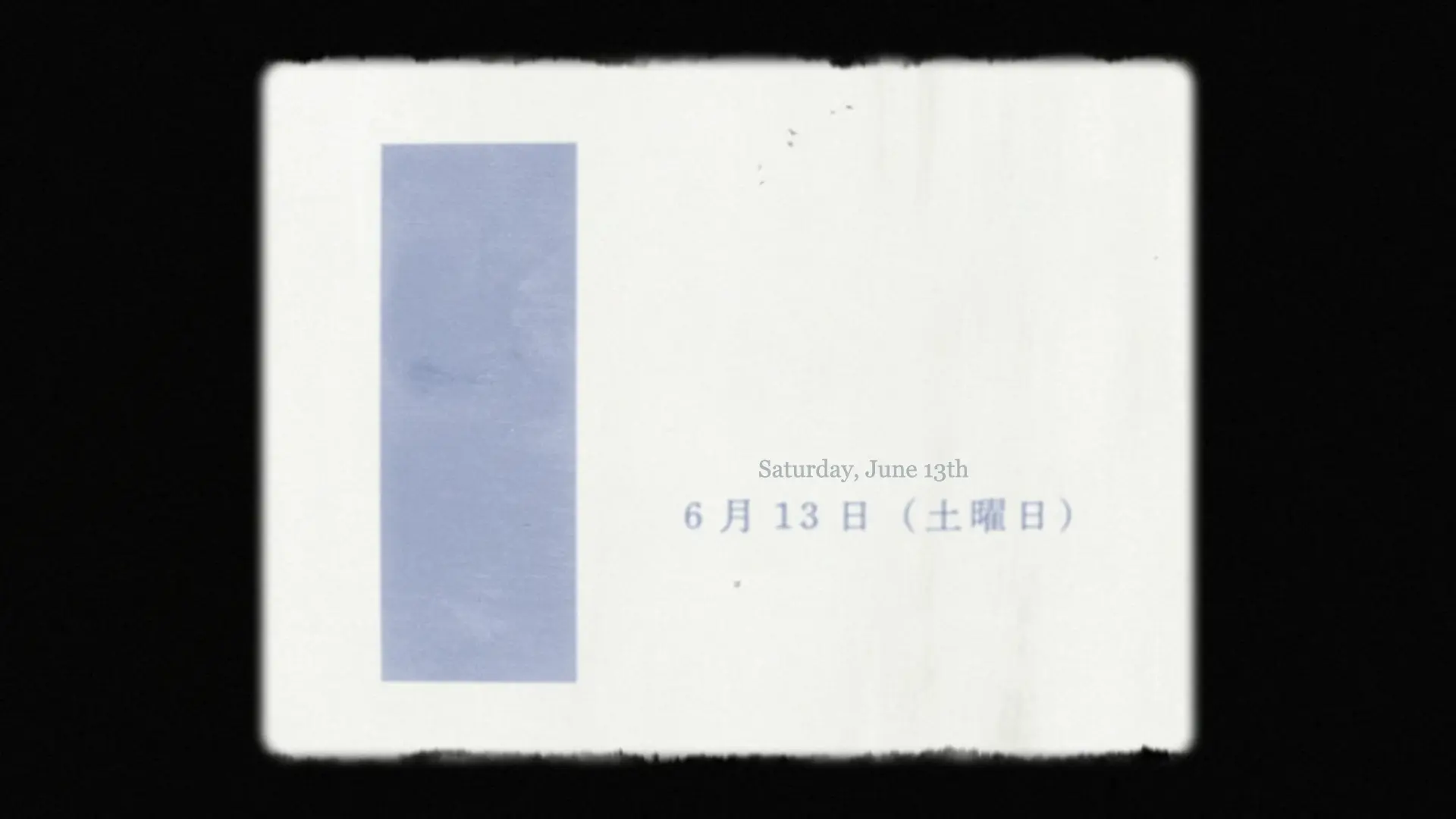
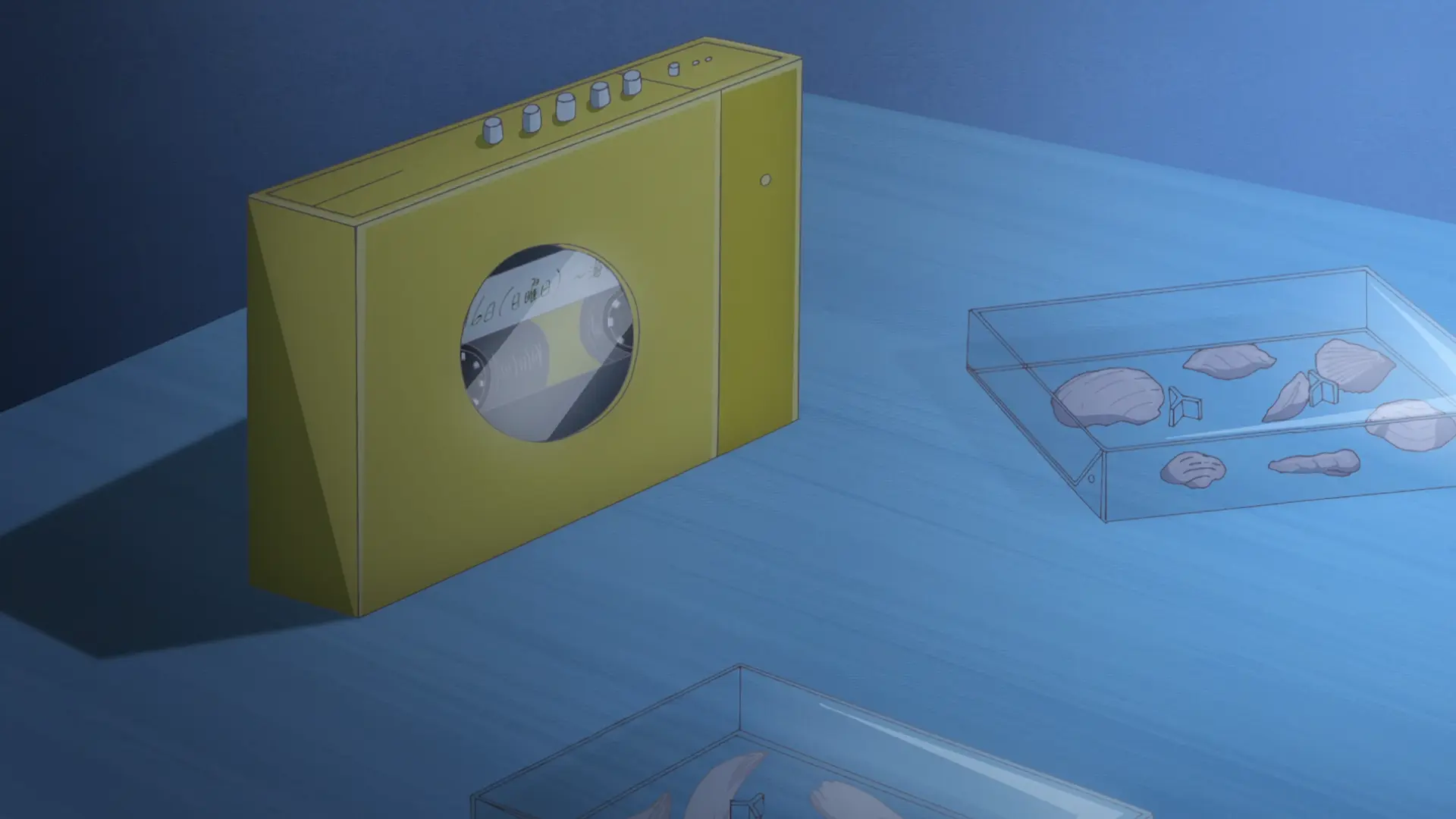
I can understand spoken Japanese better than reading it written. And so, hearing the use of specific grammar patterns by Saki added another layer of dimensionality. Her unusally formal language (in Episode 1, usage of the verb すり合わせ/suriawase, which means 'reconciling, comparing and adjusting, bouncing of ideas, opinions etc. to obtain a fine-tuned integrated whole.' which is very much like her and Yuuta's proposed ideal relationship) and the tacking on of adjectives to her feelings to make them feel more tangible help us understand her just a bit more.
And while we're on this topic, the voice acting direction is fantastic. Of course, you need this to be solid for a series so heavily focused on conversations, and GimaiSei delivers nicely. A good example of this is at the very start in Episode 1. Saki says ...時間がもったいないし /...jikan ga mottainai shi (meaning 'it feels like a waste') when talking about how her classmates don't really understand her point of view on most things. The exact language used and her voice actor Yuki Nakashima sets up Saki's character very well: She is disillusioned and there's a hint of sadness here, as opposed to her being the cold ruthless person the subtitles (and a first impression) make her out to be. A major theme of the characters' relationship dynamic is how they draw clear lines for essentially everything. This, of course, changes over the course of the series as the duo begins to step over these lines and acknowledge that they will impose on each other (which is why I consider GimaiSei an exception romance drama but that's a different conversation). For example, in Episode 4, you have the following conversation when Yuuta is making breakfast for the two:
Saki: "But I promised..."
Yuuta "As your instructor, I want you to pass the retest. So I'd prefer it if you concentrated on your studies today."
Saki: "Thanks. Then I'll do just that"
Typing this out makes it feel like the conversation was so stiff (intonation and tone of speech really matter, whew), but it shows the pair attempting to be clear with their words. Saki feels bad because she isn't holding up her end of the contract, and Yuuta, instead of saying "Oh it's fine, you should focus on your studies today" (like I would say, or I think most people would say), he is specific and assumes the clearly defined stance of Saki's instructor in saying that he wants her to focus on her studies. While the two ultimately mean the same, the first is a more personable/amicable/"lax" sentiment, while the second is clearer. It sounds curt but this is what makes up the pair's dynamic and I want to point this out. Yuuta ends the conversation by saying Saki doesn't owe him anything for it, which is a reconciliation but in a clearly defined stance considering gains and losses.
Another example of overall direction incorporating voice acting is in Episode 2, when Yuuta tells Saki "I want you to make miso soup for me every day." In the LN, I envisioned this being delivered as a break in the music after the line, Saki tilting her head and asking about it in a confused manner, while Yuuta replies hurriedly, flustered. I originally thought the way the anime did it was a bit too mundane without music and much emotion, but after going through the scene again, I agreed with the dry delivery. Romance as an idea is so alien and carries such a negative connotation to the duo that it can at best be a joke made by one party. And I’m pretty sure Yuuta would have thought through his phrasing before saying this - that is the sort of character he is, and this scene is one of many to help us understand that. In Episode 3, there's a noticeable a very noticeable angry edge to Yuuta's voice as he stops Saki from crossing an extremely dangerous line, which strengthens as he gets angrier. If we instead has a digression where Yuuta's voice actor Kouhei Amasaki narrated his anger, it would take away from the scene. A very simple and perhaps obvious thing to do, but still something I want to point out - the anime is full of such obvious voice acting details which perhaps don't seem like much by themselves but greatly assist buiding up the characters as organically as possible. Mikawa Ghost-sensei mentions how he intended for the LNs to be his lens on the life of real people named Saki Ayase and Yuuta Asamura, and how the anime is Souta Ueno's lens of them.
To speak of sound direction outside voice acting, the OST is very minimally used, and most of the anime goes by in silence, only accompanied by clinking of cutlery over eating segments and sounds while walking, to give two broad examples. This maintains the grounded nature of the series, and the association of music to an emotion is so much clearer than series which are loaded with music. The OST is only used to supplement emotional highs or for specific reasons, such as the lo-fi music in Episode 4 which is led in very naturally by Shiori-senpai turning on her music player, and as the music plays,you have stills of people's evenings coupled with some bokeh shots (stuff commonly associated with lo-fi music), some glimpses of Akiko-san, and the music concludes with the intended recipient, Saki. The eating segments are of particular note here. Emi Oota, one of the major animators working on the series, mentions how GimaiSei, despite being a show without standout animation, was difficult to work on because of very long single cuts for these conversation segments (I cannot find the source for this unfortunately). A lot of the series' conversations happen on the dining table, and the best example is maybe seen in Episode 8's breakfast scene. It is given ample time after the previous night's conversation in the elevator - which was the first properly honest conversation between Yuuta and Saki, marking a major shift in the characters' impressions of each other - which understandably was a huge relief of Saki that she lets down her guard and oversleeps. In the breakfast scene, it was interesting seeing Saki mimic Yuuta's way of eating. I interpreted this as: Given how she rarely truly had time for herself, because she never allowed herself to fully rest, this moment of respite, shared with someone who gave it to her, was a novel feeling for Saki. Not very sure what to do in this, she felt surprised and intrigued by Yuuta's very mundane actions. Also I want ham toast now.
While the show's animation is certainly not stellar, Episode 5's theater scene stands out in every possible way. The video resolution changes, the colors brighten, and there's a breathtaking melody in the second movie segment with a beautiful ukulele and violin duet.
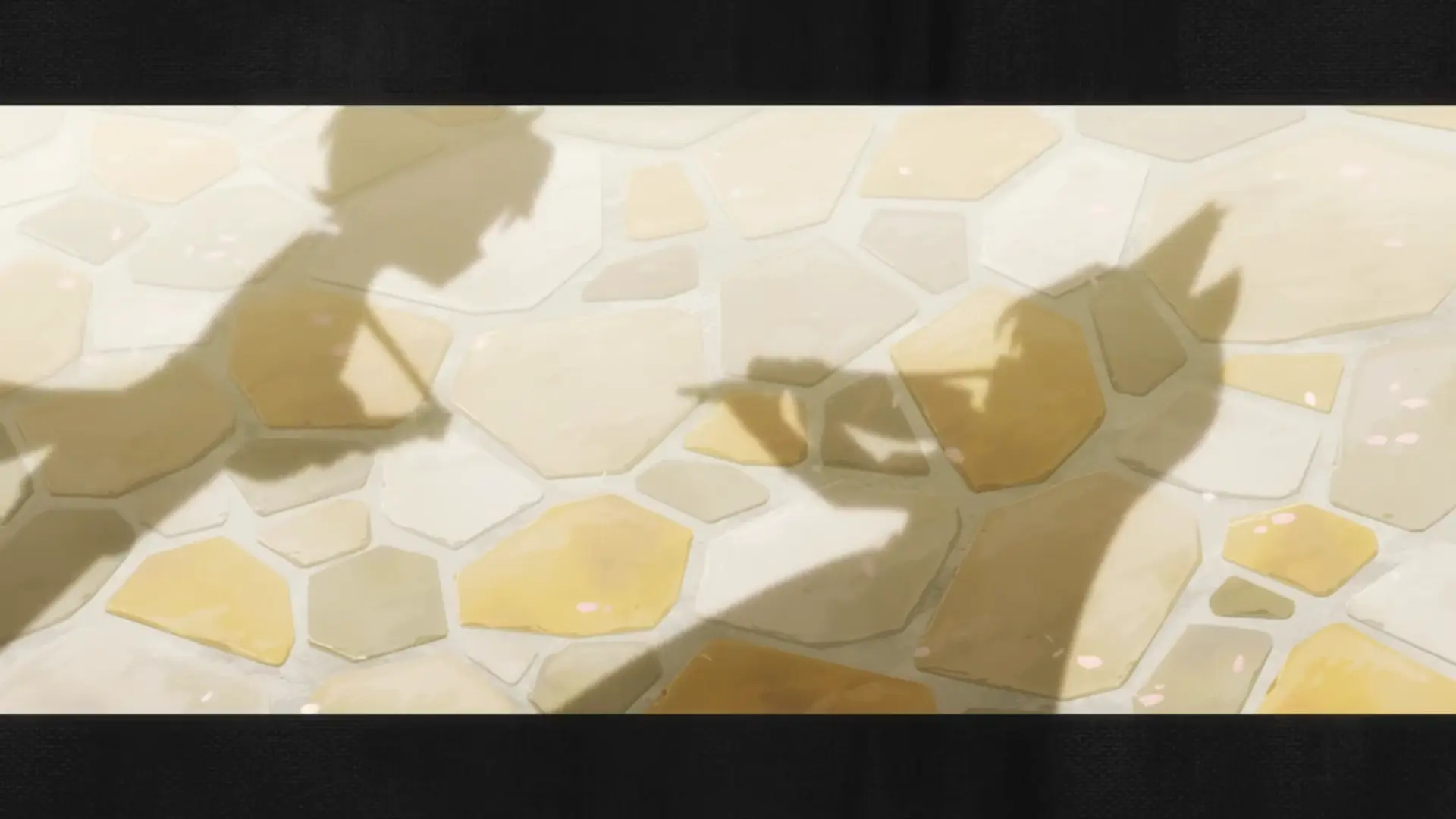
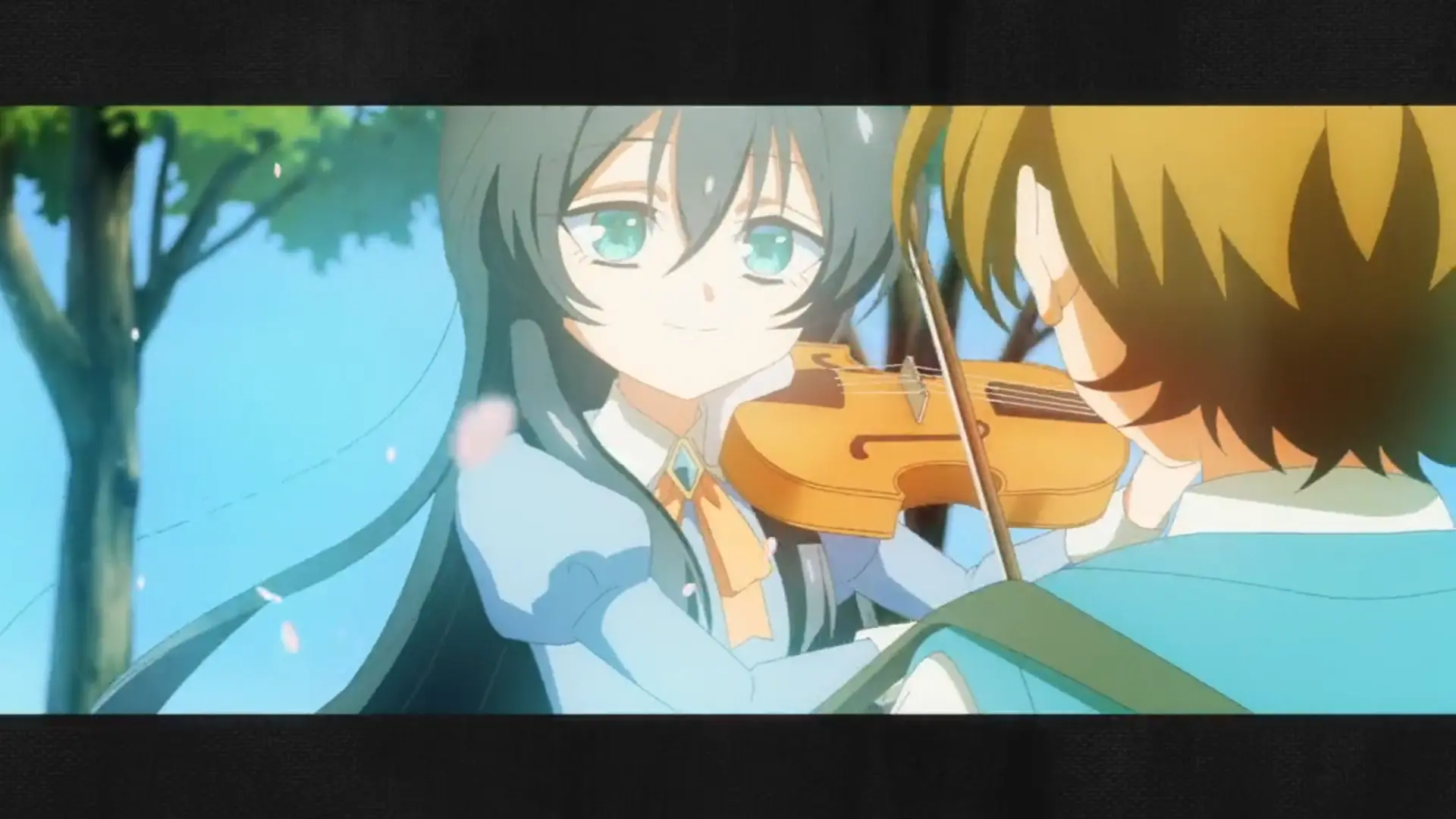
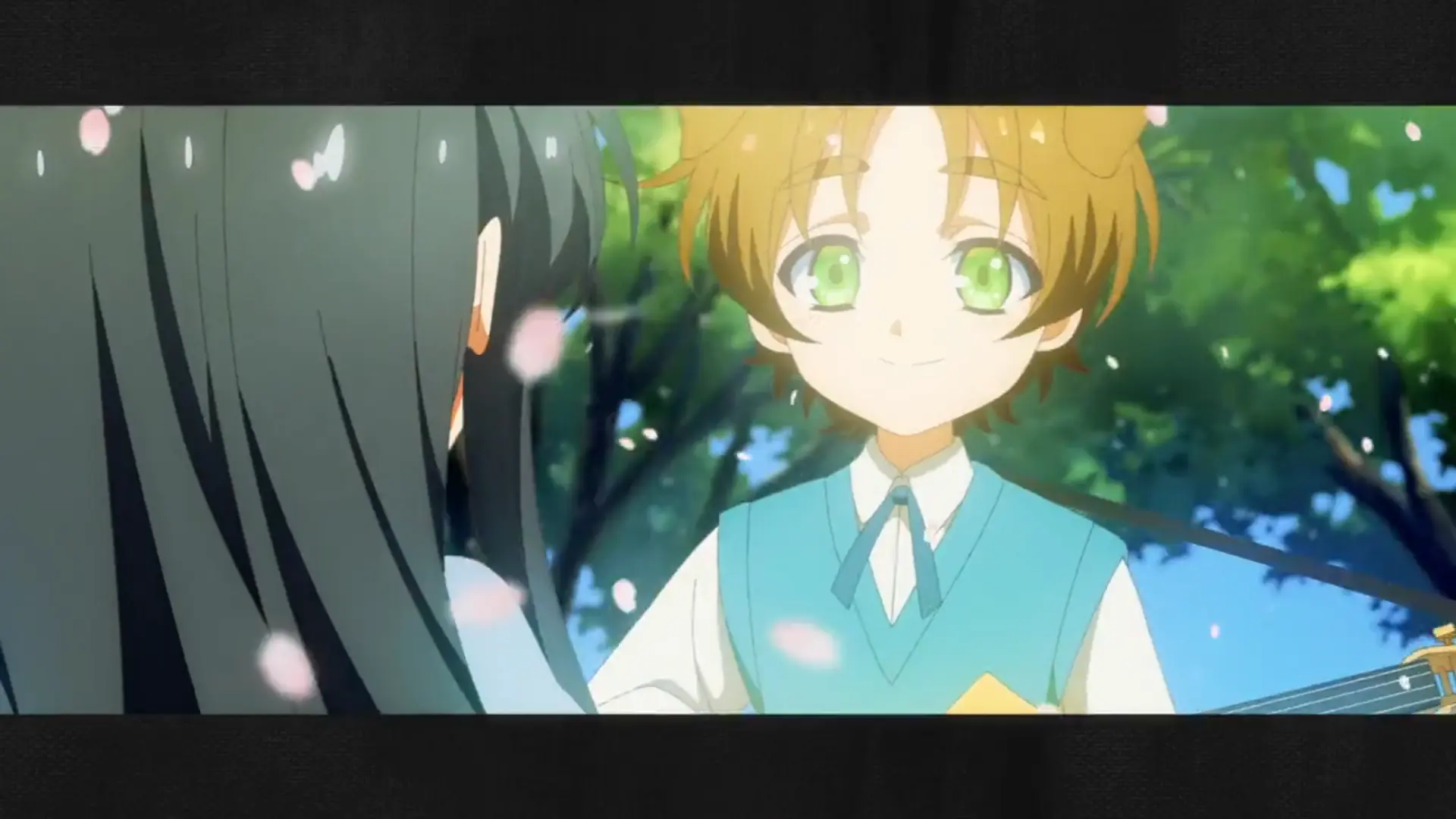
My notes for the music were "Words cannot express how much I liked this. It's genuinely among the best compositions I've heard. Great melancholic emotional portrayal, lovely rhythm accents. My lord. It was beautiful." which is perhaps overkill but the point is, this section was so unlike the mature (almost gloomy) atmosphere of the series that it felt like a blast of the spring breeze. In fact, Episode 5 deserves mention not only for this scene. It's the episode with the biggest deviation from the light novels, which Mikawa Ghost-sensei in his commentary for the episode attributes to the staff "loving Yomiuri-senpai way too much". The anime gives her a much better resolution than the light novels, and it was endearing seeing this because it gave Shiori-senpai a lot more dimensionality than what she was made out to be till this point. A great example of how the anime, in deviating from the source, becomes a wonderful adaptation.
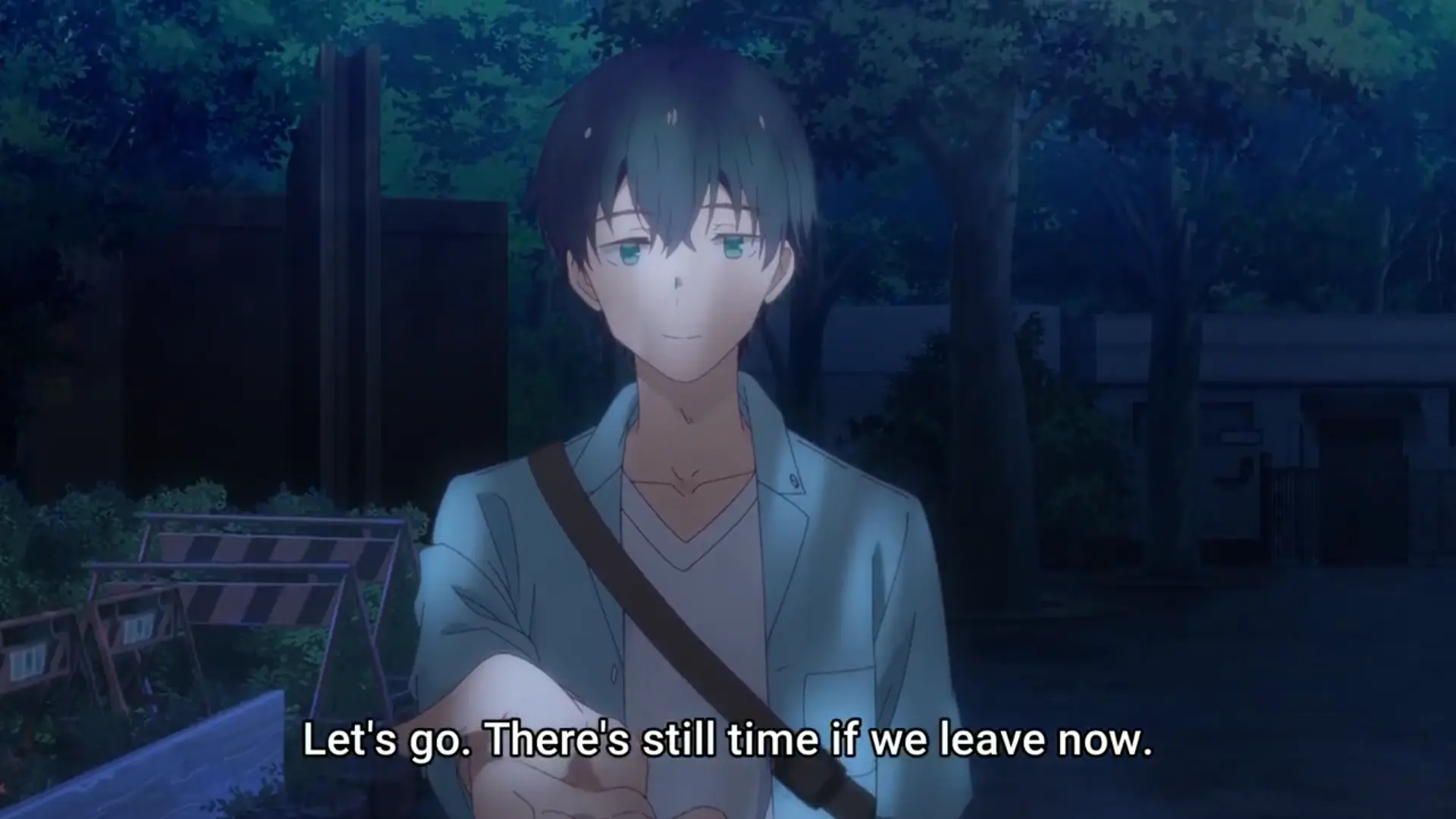
The anime-only bits don't stop here. Besides the previously mentioned cassette tapes, the visual imagery with water and children are used beautifully for Saki. Saki's child self submerged in water shows her lost innocence, and how she needed to lock away her childish innocence for her mother. In fact, the theme of innocence being depicted through children is most prominent in the series' opening (with a beautiful beautiful song performed by fhána), which asks "What if Saki and Yuuta met each other as kids, before they each locked away their innocence?". The ending (which is yet another heartwrenching song, performed by Kitri), in Mikawa Ghost-sensei's words, is from the ED artist hewa's lens through which they see the duo. The depth of visual storytelling done to show Saki's character is why I honestly consider her to be the protagonist of the anime, even though we follow (mainly) Yuuta's perspective.
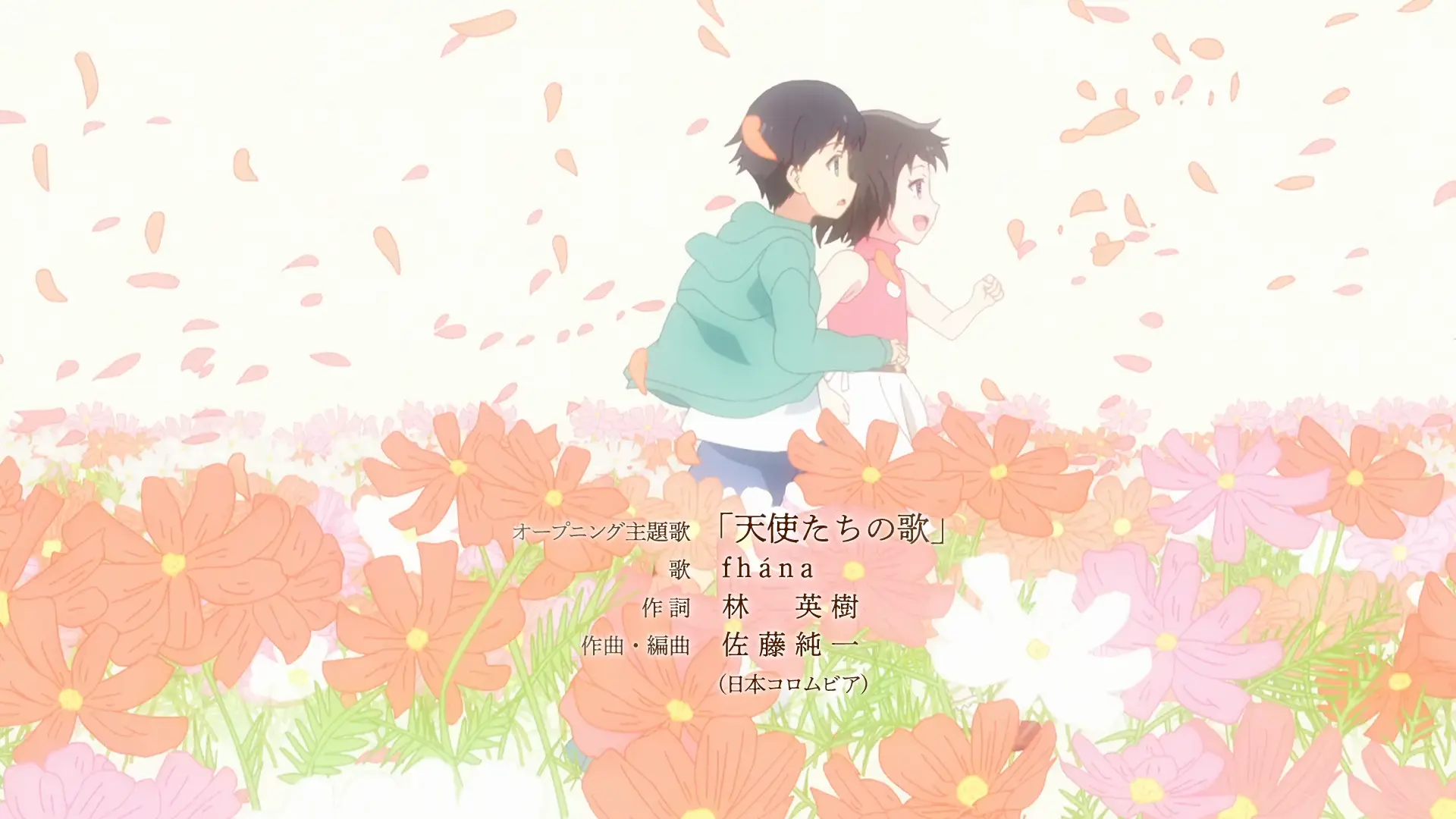
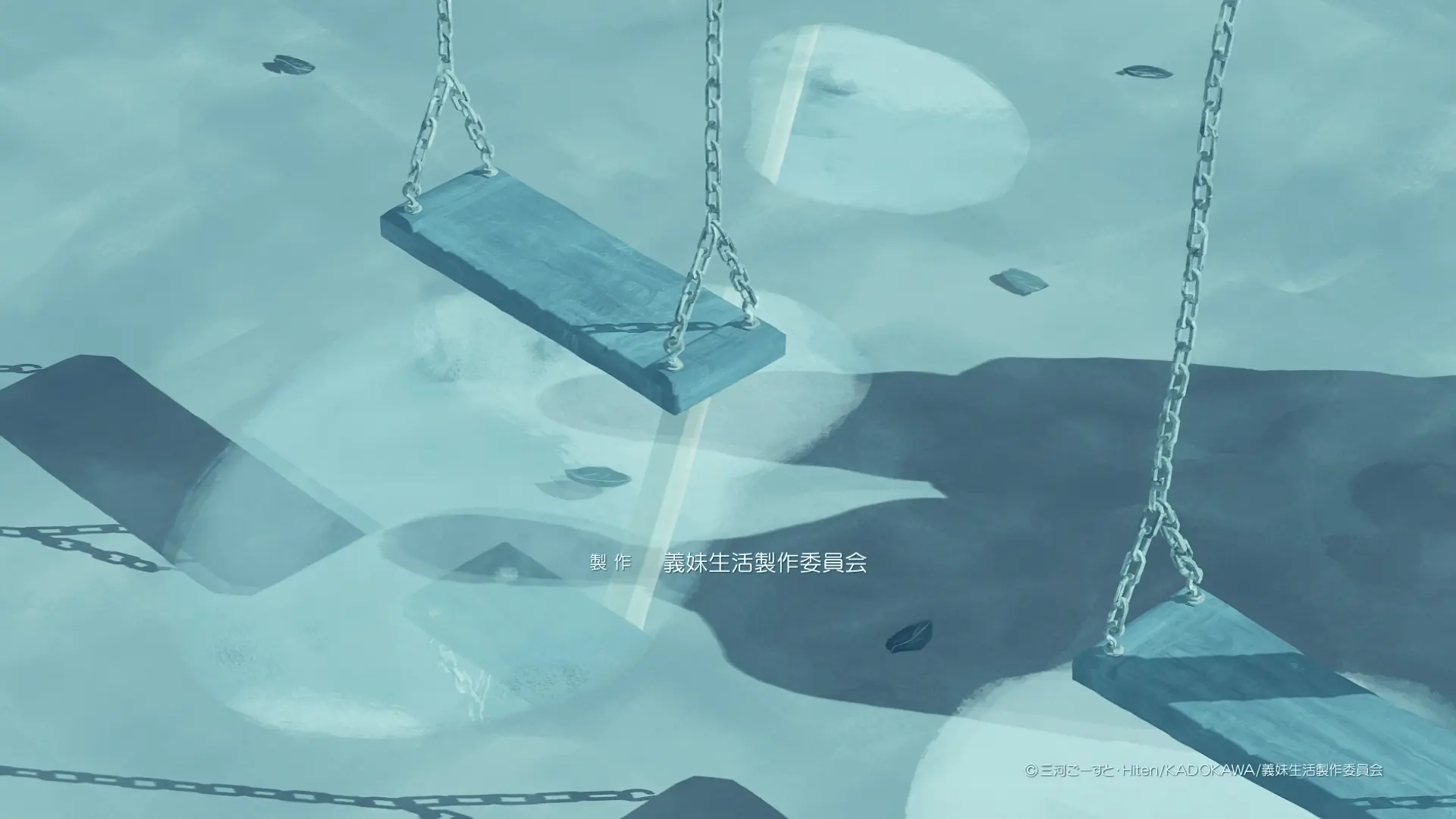
To finish off this write-up, I want to tie everything to how I view GimaiSei's anime as a complementary adaptation. And I want to start off by mentioning my biggest criticism of the anime - Yuuta. Which is seen most strongly in Episode 9's pool scene, where the complementary nature of the adaptation rings the most true. Keeping aside the beautiful execution of Yuuta's pool realization (usage of silence; the Ueno ground scene framing, as I will call it, which frames the character in focus on a small stretch of the screen's upper half; the muted colors which give the impression of the scene being a very fundamental realization), this doesn't convey the magnitude of Yuuta's emotions. Throughout the series, Yuuta is understood only through speculation, contrasted with Saki and even Yomiuri - the former has her aforementioend diary segments, anime-original sequences with her child self expressing her repressed feelings and the child she never could be, and the latter having an anime-original silent scene to express her emotions in Episode 5. We never understand Yuuta in the anime to this extent, and when we are shown what I consider the culmination of the duo's slow dynamic shift, we see a brilliantly done but extremely shallow romantic realization. Yes, we see his thoughts after the realization as a monologue, but I do not buy it. This is the strongest flaw of the anime, and because it's my favorite moment in the series, I am extremely biased. Given how much love is given to expressing Sahki's thoughts and emotions, through visual metaphors in and out of the diary segments, she is definitely the main character for the anime. In the light novel, there is a small lead up, where Yuuta has the selfish thought of how perhaps his effort to cross their initial boundaries was solely for himself (which the anime tries to show through the montage of Saki’s smiles), which gave the realisation much more weight. A lot of Yuuta's character development in the anime is silent (both verbally and visually) and I will go as far as to say it wasn't shown at all. Yes, novels spell his thoughts out for you so it's easier for the reader to understand him, but the anime does a splendid job showing Saki through more concrete visual cues. I really don't see how Yuuta couldn't have been handled in a similar manner. I was fortunate to have the context for most of the cues used for Yuuta, such as in Episode 6 when he is waiting for Saki to come home amidst growing anxiety, which shows in him changing his text message from a relatively cool 雨、大丈夫?(ame, daijoubu? / "Are you fine in the rain?") to a more concerned かえりおそくな(ったら)... (kaeri osokuna(ttara) / "If you're getting home late...") to finally a strongly worried いまどこにいるの?(ima doko ni iru no? / "Where are you now?"). But I don't really know if this is something most people will pick up on, and it's still a relatively obvious cue to Yuuta's emotions. You have to normally rely on the Ueno framing and shot compositions to pick out his mental state, which is much more subtle and even teeters into overanalysis territory (although, to be frank, this entire write-up could be that).
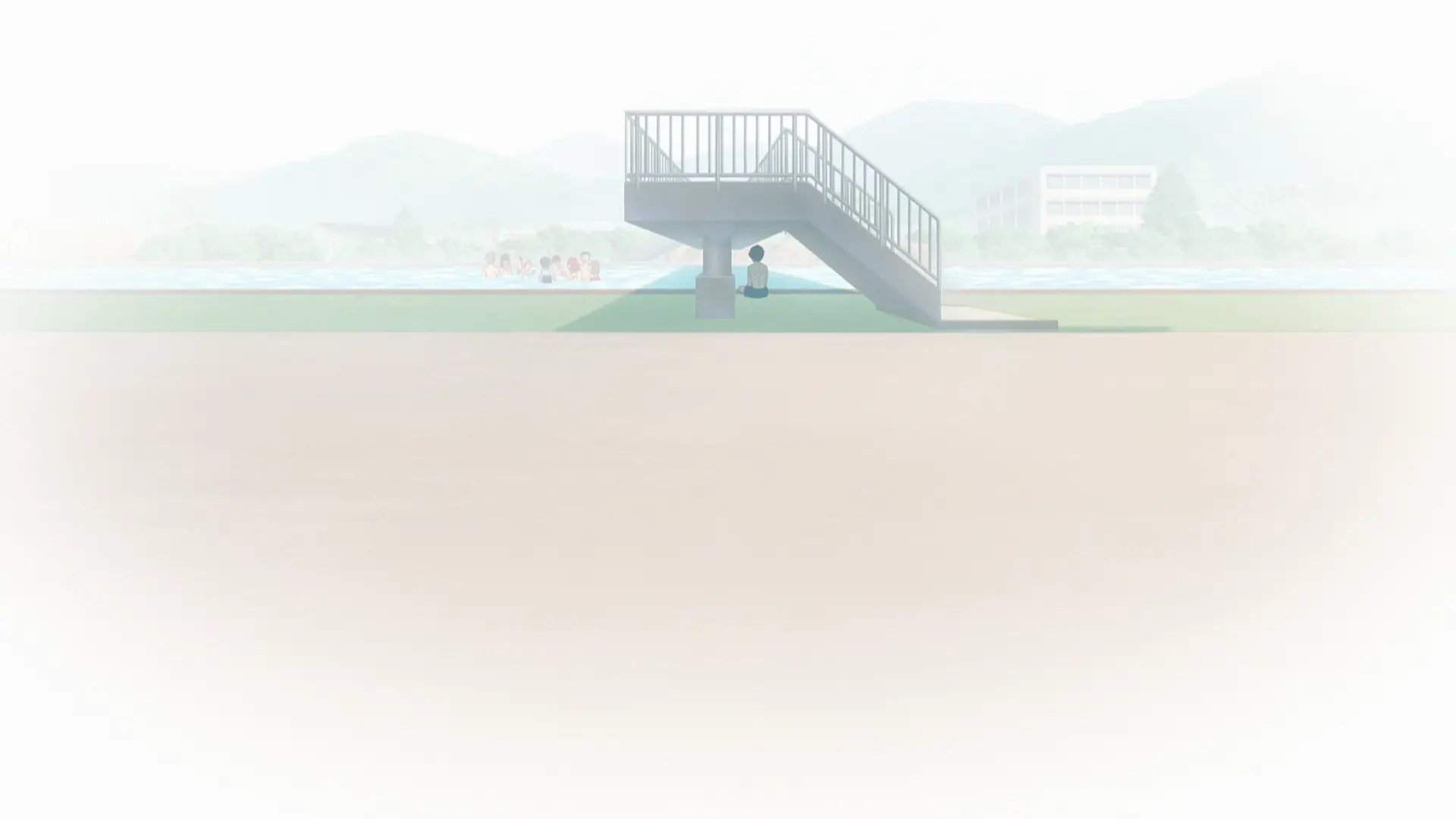
Having said all this, I think my gripes with the series actually improved my experience. If a series makes me invested enough to care about its flaws, it's an experience I will cherish. As a person who tries to find meaning and rationale in seemingly every frame a character is present, picking out these details was an engaging and honestly really fun time. And because of my experience with the light novel, I could fully appreciate the anime's originality and how the LN's expositions were translated through brilliant visual and audio direction. I imagine the reverse process of going to the LN from the anime would take more work, but either way, it gives the audience a much deeper appreciation for the wonder Souta Ueno had crafted.
My biggest feeling after watching this anime is awe, and how a different perspective can elevate a medium. Mikawa always insists how the anime is Ueno’s work with minimal inputs from him, and I really respect the two of them for this. Ueno had the freedom to express his interpretations even within the restraints of poor production - I don’t know if we would have seen such creative usage of video filters and the diary movie style otherwise, although saying this probably sells Ueno’s passion short. The series is in no way perfect, but that is why it is a masterpiece for me. Honestly, I first thought that having read the LNs might be a bad thing. But my favorite aspect of this work, which is how the adaptation adds to the source, would not be as loved by me if not for that positive shattering of expectations.
God bless Souta Ueno
For a more unstructured episode-by-episode commentary, you can check out this document.
All content on this website is protected by copyright and may not be copied, distributed, or reproduced in any form without the express written consent from [email protected].